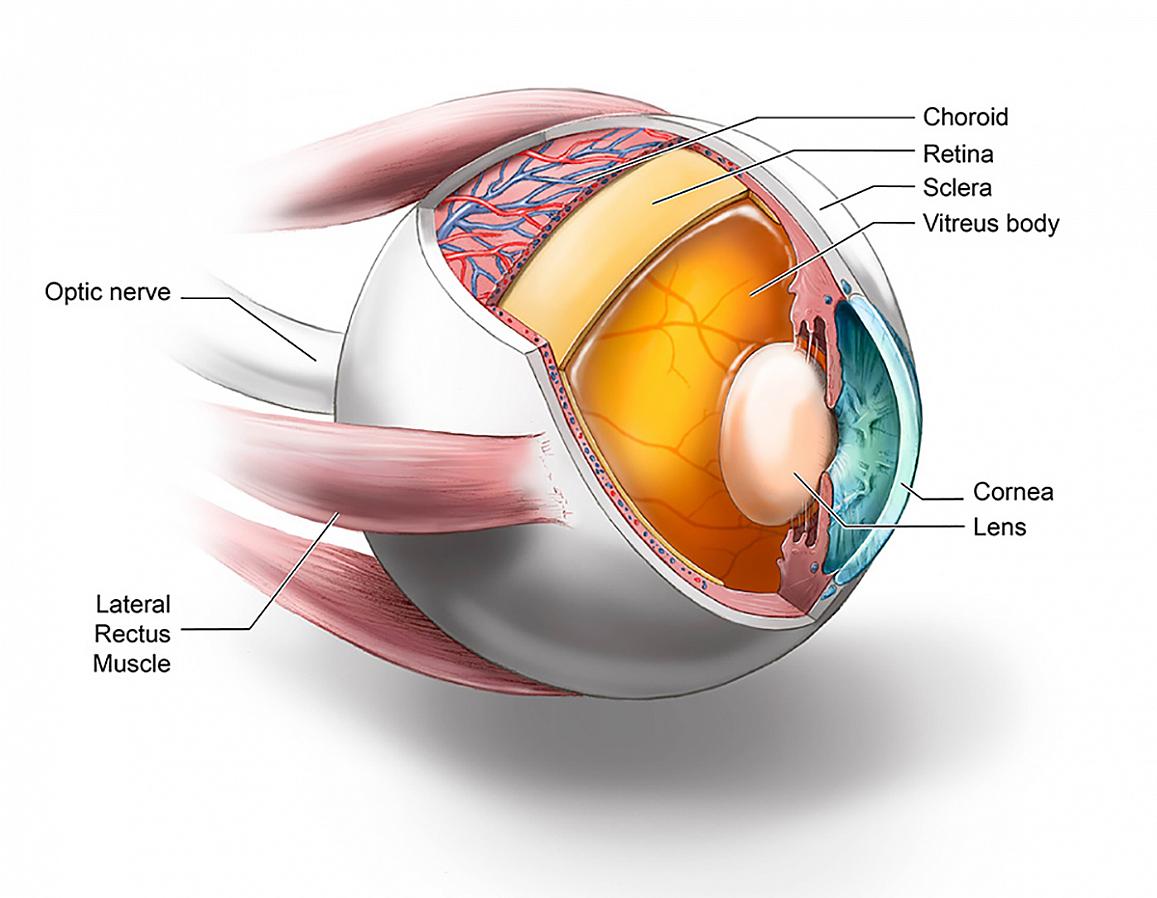Eyes of CJD patients show evidence of prions
Finding could help early diagnosis, raise concern for eye exams and transplants
National Institutes of Health scientists and their colleagues have found evidence of the infectious agent of sporadic Creutzfeldt-Jakob disease (CJD) in the eyes of deceased CJD patients. The finding suggests that the eye may be a source for early CJD diagnosis and raises questions about the safety of routine eye exams and corneal transplants. Sporadic CJD, a fatal neurodegenerative prion disease of humans, is untreatable and difficult to diagnose.
Prion diseases originate when normally harmless prion protein molecules become abnormal and gather in clusters and filaments in the body and brain. Scientists hope that early diagnosis of prion and related diseases—such as Alzheimer’s, Parkinson’s and dementia with Lewy bodies—could lead to effective treatments that slow or prevent these diseases. Scientists from NIH’s National Institute of Allergy and Infectious Diseases (NIAID) collaborated on the research with colleagues from the University of California at San Diego and UC-San Francisco.
About 40 percent of sporadic CJD patients develop eye problems that could lead to an eye exam, meaning the potential exists for the contamination of eye exam equipment designed for repeat use. Further, cadaveric corneal transplants from undiagnosed CJD patients have led to two probable and three possible cases of disease transmission, the researchers say.
This page was last updated on Friday, January 21, 2022
